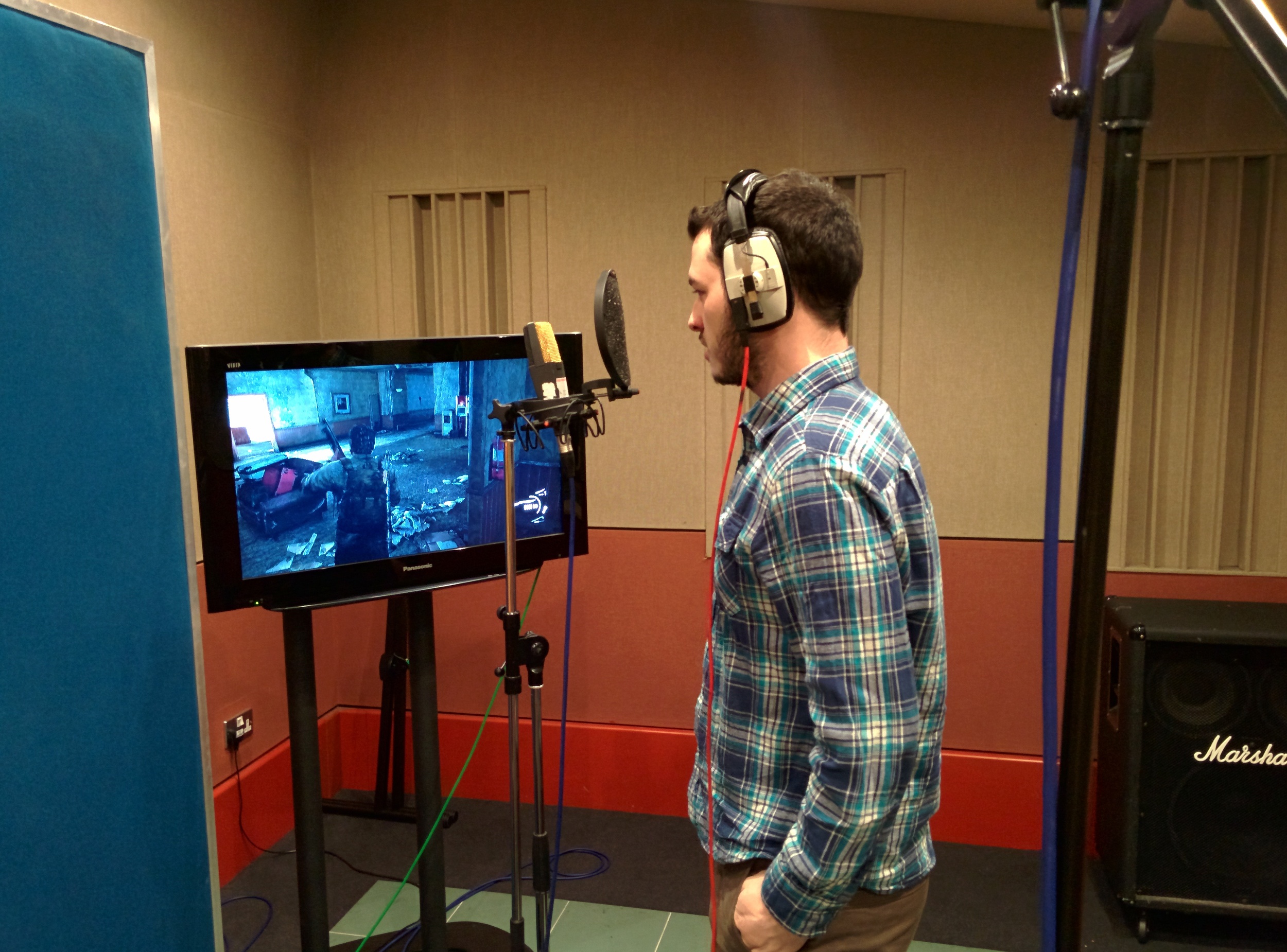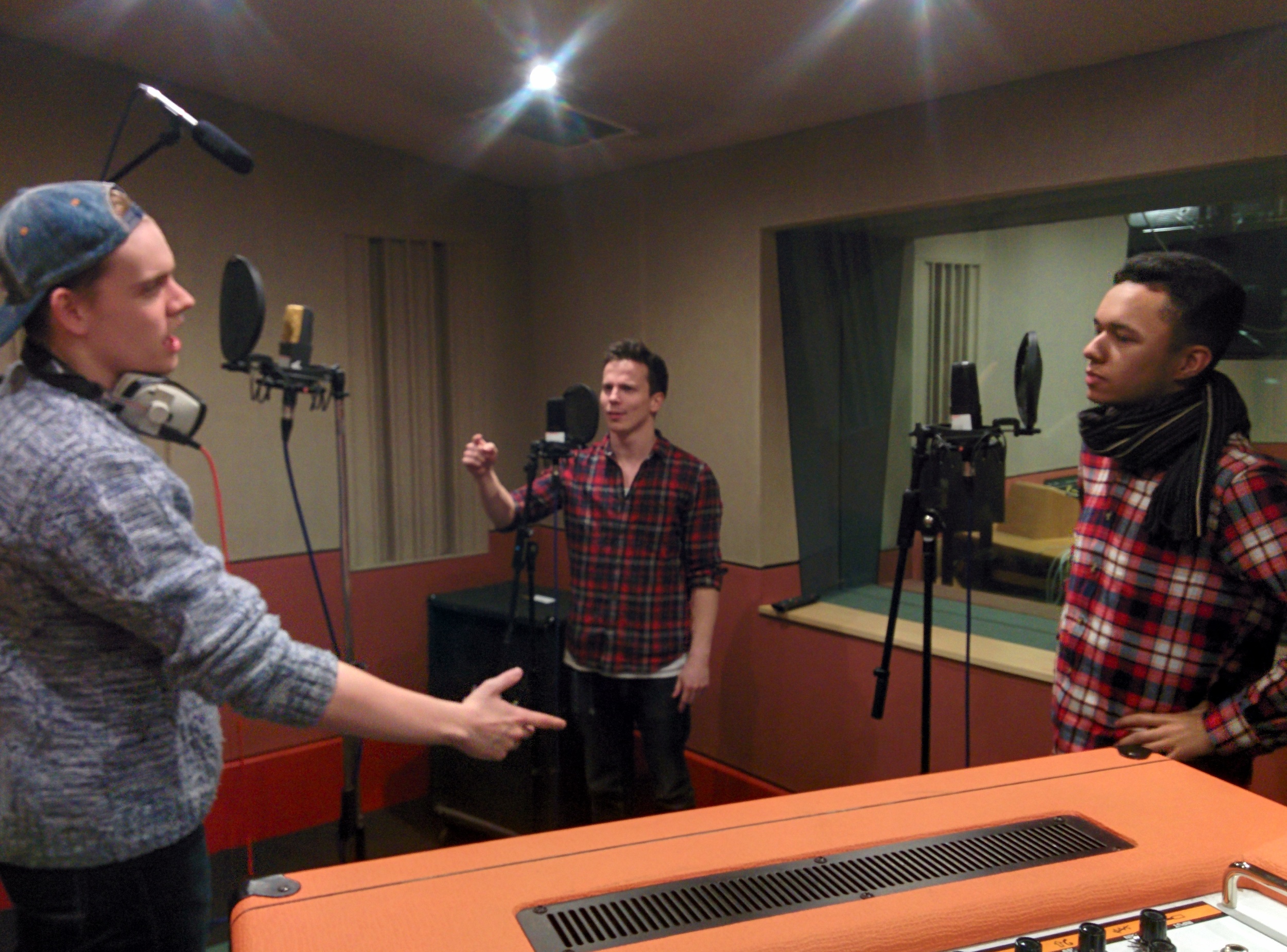So the other half of my final project is to do complete sound replacement for a linear piece of footage, essentially stripping it of all audio and rebuilding it using my own; Foley, ADR, Score and Built sounds in order to showcase skills in Sound Design and mixing.
For this project one of the clips i have chosen is gameplay footage captured from my PS4 of last year's The Last of Us:Remastered, which i found truly inspirational with its implementation of Sound Design, not just at a technical and aesthetic level, but also in the way sound is absolutely integral to the game mechanics. For those who haven't yet played it the main enemy in the game, a kind of disfigured zombie don't detect you on sight, instead they operate on sound, which forces the players to think carefully and tactically about how much noise their movements make through the levels, to avoid detection.
In this blog i've decided to focus on the Foley recording aspect of my project, capturing or synthesising all of the sounds in order to create an audio mix that is truly my own.
Though I didn't initially expect , i quite quickly found a real dissonance in approach when producing audio for linear game footage in a way more traditionally used for film. With Games being a non-linear medium all audio gets triggered for an appropriate context, resulting in rather granular audio chunks being quickly combined and mixed on the fly. With the fixed linear context of film it's far more appropriate to record fixed passes of audio, particularly with Foley and footsteps as they will always fit that situation.
What i found when analysing the original audio is how, particularly during hectic moments , the audio engine was simply triggering all the sounds for every event on screen, which would be a very difficult task to recreate using Foley artists, as they simply would be unable to do that many actions at once. Even with layers of foley passes it would be very easy for the mix to get cluttered.
What i chose to do instead was take inspiration from the way a game audio mix is constructed and aim to create everything in a granular way. The first step in this was mapping out all of the sounds i needed to record, which took a lot of patience and SPREADSHEETS
It goes on and on...
So, using this method i mapped out all the UI sounds, Item Noises, Footsteps, ADR, Music and Gunshots. it created a large unwiedly list, but at the same time it did create a good starting point to work from. Also by placing Timecode In and Out points, i saved a LOT of time that would be otherwise spent hunting for the perfect place for a clip.
The granular approach meant that a lot of these sounds were not recorded to the footage, but instead done freely and edited in time. This enabled a good lot of Sound Designing to be done on the fly, for example having several heavy impact sounds and several sweeteners meant that the individually spliced clips could be swapped in and out in different combinations quickly, until the right one was found. It also meant that i now have clean edited library of sounds that can be used in future projects if needed.
This approach continued into areas traditionally done in long takes such as Footsteps. Due to the the fact that Joel is running for almost the entire clip and the erratic nature of his movement (perhaps a fault of my play-style when capturing) it would have been very difficult to replicate this live. So instead i took further inspiration from the implementation techniques of Game Audio and decided to record a range of footstep surfaces and speeds (running, walking, sneaking) in large continuous takes (around 2-3 minutes).
Santa came early
I couldn't feel my legs for around 30 mins afterwards
These were cornflakes once
These were later mixed down and processed and then split into individual footsteps, for placement in a randomised triggering system (more on that in my next post).
Lastly I recorded the ADR, this was a fairly straightforward process, typical of traditional methods, however i needed to record many injury and impact noises for the combat sections. I felt if i had an individual voice actor in on their own it would be rather disconnected for them and result in an inferior performance, instead i did this:
By arranging the actors in a circle i enabled them to all work off each other and really get immersed in the scenario, resulting in some really great sounding injury and pain.
And on that weird final sentence i'm out, come back for part 2!





